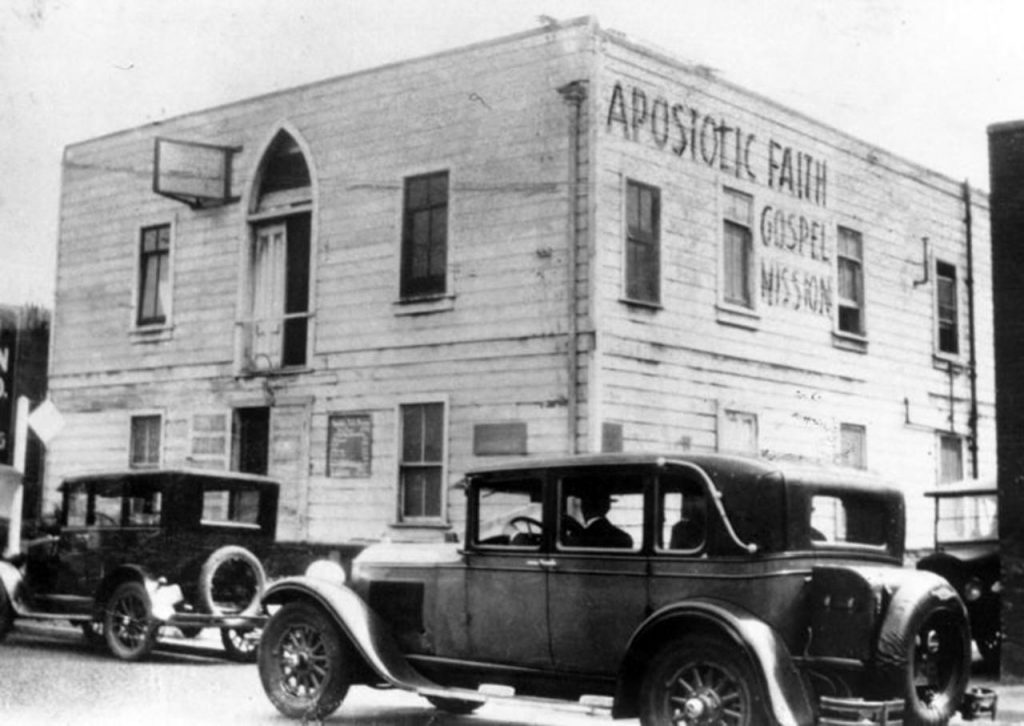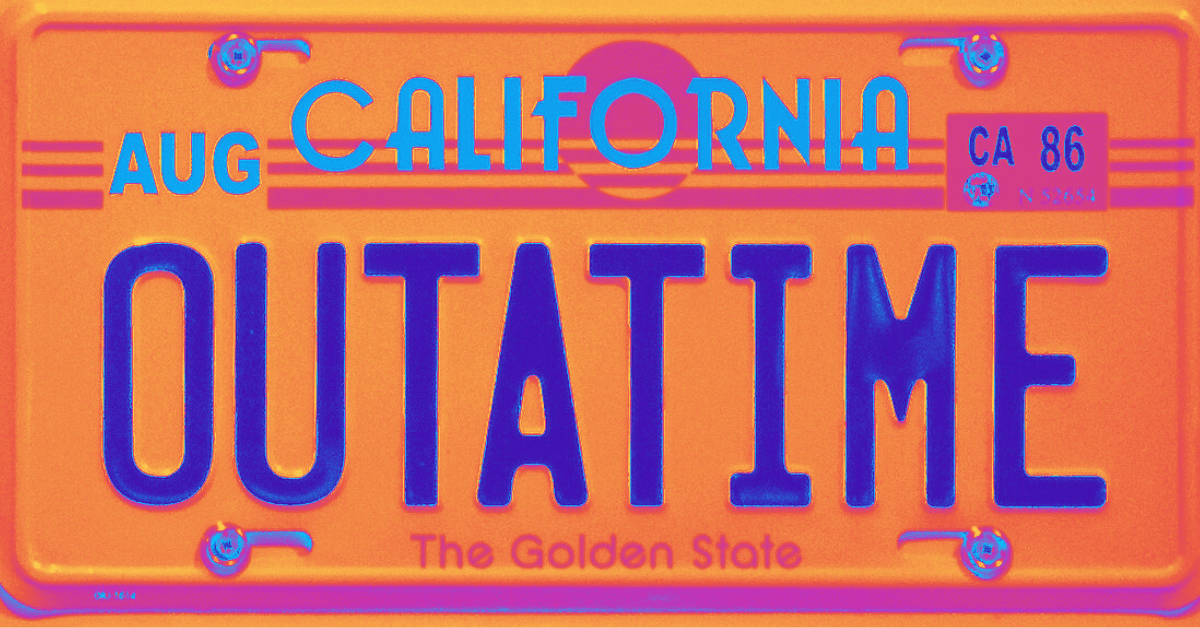About twenty years ago I sat in an undergraduate Russian history course at the University of Minnesota. The United States had recently invaded Afghanistan, and our professor, who was an expert in Russian history, was discussing the war. He told us we would never win in Afghanistan. The Soviets had tried it, and they had spent a fortune in time, money, and lives only to fail. We would not do any better. I remembered this lecture during the US withdrawal from Afghanistan in 2021. My old professor was, of course, completely correct in his assessment all those years ago—the US ended up spending a fortune in time, money, and lives for nothing. So, does history help us predict the future? We are all, after all, very familiar with the phrase: Those who don’t learn their history are doomed to repeat it…
Now I am the one teaching the history classes (Christian history, not Russian history though!), and I can safely say: No, understanding history does not give us the ability to predict the future. History is remarkably good at explaining why things are the way that they are now, and it can give us clues as to how certain events may play out, but I have to respectfully disagree that history always repeats itself—there are too many variables; people act too unpredictably; an unexpected event can change everything. That being said, there are patterns that tend to emerge, and the past can and should inform our view of the future.
It is with this view of history—useful for envisioning a future but in no way a crystal ball—that I approach the future of Christianity. It is clear to anyone who is paying attention that people are worried about the future of Christianity in the United States. After decades of church membership decline in the US, the general feeling of many Christian leaders seems to waver between panic and resignation on any given day. However, as a Christian historian I have a rather different outlook—others likely find me oddly optimistic. No, history cannot predict what the future of the church will be, but based on Christian history, I argue that the church is not dying, and we are not heading to a post-Christian future. The church is changing, but this is to be expected. The Christian church has always changed and always will be changing; however, change brings uncertainty and difficulties, and folks will mourn what has been lost even as new things emerge.
The changing Church
The last 100 years has seen a remarkable shift in global Christianity. While many of us see decline and decay, other parts of the world, especially Africa, Asia, and South America, are seeing unprecedented growth. In fact, to drive this point home: in 1910 there were 600 million Christians globally; today that number is about 2 billion—even if much of this increase is related to population growth, these are not the numbers of a rapidly declining church. You may be thinking: Yes, this is great—I am glad that Christianity is growing elsewhere, but what does that mean for us here in the United States? Global trends do not change the fact that pews sit empty on Sunday mornings and that people have turned from the faith at alarmingly high numbers. What can we do here and now?
This is an example of when looking at the past can help us imagine a brighter future. The church at large has been in tough spots before (tougher, I would argue, than what we are dealing with today), and has emerged stronger and more vibrant for it. There are cycles of decay and renewal that have repeated over the millennia (though they never look quite the same), and despite very serious challenges, Christianity has adapted but never died.
Looking back to look forward

[The Apostolic Faith Gospel Mission on Azusa Street in 1907 via Wikimedia Commons]
The history of Christianity is filled with an almost endless number of missions, reforms, revivals, and awakenings going back to the very earliest days of the Christianity. Even if we were to just look at the history of religion in the United States, we see a robust tradition of adaptation and revival. For example, the First and Second Great Awakenings were series of religious revivals in the eighteen and the early nineteenth centuries. Itinerant, and often open air, preaching became an important aspect—thus bringing the faith to the people instead of just hoping people come into the church. These revivals promoted a greater adherence to the faith and established patterns for religious life in America, and they became transformational moments in Christian history. In the early twentieth century, the rise of modern Pentecostalism was a profound turning point. Passionate preachers and missionaries, propelled by the Spirit, spread the message around the world transforming people’s lives.
So, what does this mean for us today? I am not suggesting that we all become itinerant preachers or Pentecostals (though of course you are free to do so if you desire). Nor am I suggesting we take these methods and apply them today without any sort of adaptation. We live in a different world, and modern solutions are needed for our modern problems. However, there are key features of each of these revival movements that could provide a solid backbone for future renewal efforts: a willingness to experiment; empowering the laity, and proclaiming the gospel message boldly.
Being a Christian is not easy. As C.S. Lewis pointed out in his still remarkably relevant book, Mere Christianity, “The terrible thing, the almost impossible thing, is to hand over your whole self—all your wishes and precautions to Christ. But it is far easier than what we are all trying to do instead.” For many of us today in the United States, it is heartbreaking to see the churches that we love losing membership and relevance. Throughout this post, I pointed back to past revival movements, but it is critical to understand that revival does not mean going back to what we once were. Christianity is changing, but it has always been changing. We are not and cannot be the church of the third century, or the eleventh century, or even the church of the 1950s.
I do not believe that Jesus is done with us, and I believe that Christianity will adapt to meet the needs of our current world. However, I do not know what that will look like. Aspects of American church culture that I hold dear may be lost some day, but we must remember that our human-made institutions are not God, and declining membership does not mean God is receding from the world.
This blog post is an adaptation of the article, “Looking back to Imagine Looking Forward,” published in Word & World, Issue 42-3, Summer 2022.



